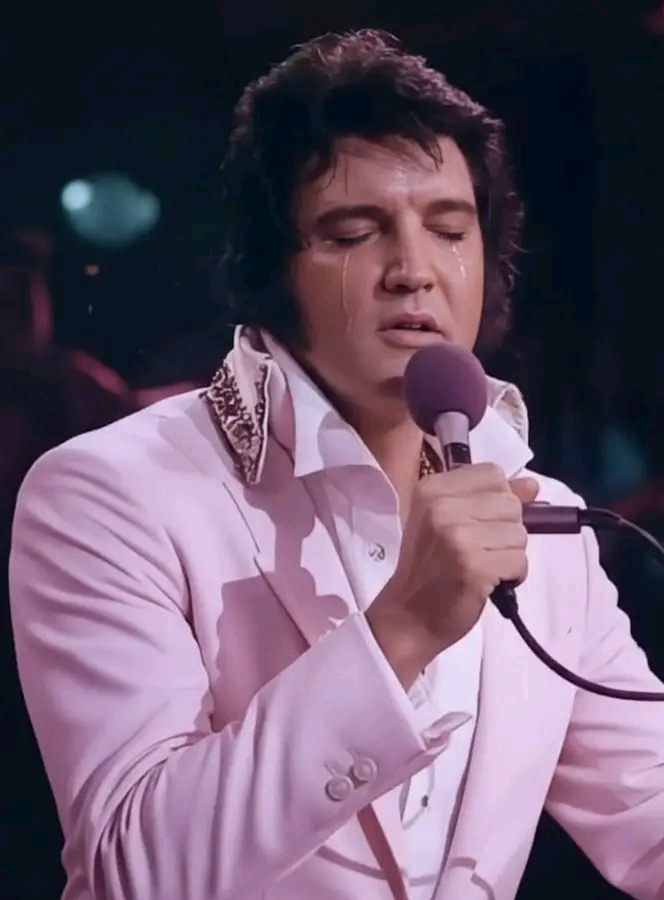
The Netflix documentary series on Slayer dives into the raw, unfiltered world of one of metal’s most relentless and controversial bands. From the first riff to the final encore, the series captures not just the chaos and fury of Slayer’s music but the emotional and cultural force that turned them into icons. It opens with gritty footage of the band’s early days in Huntington Park, California, when the sound of rebellion was more than just an aesthetic—it was a survival instinct. The viewer is immediately pulled into the world that shaped Slayer: a place of suburban boredom, youthful anger, and the burning need to be heard.
The storytelling is deeply atmospheric, balancing the band’s explosive live energy with quiet reflections from members and those who witnessed their rise firsthand. Netflix spares no detail in showing how Kerry King, Tom Araya, Jeff Hanneman, and Dave Lombardo crafted a sound that defined thrash metal and terrified the establishment. Through unseen rehearsal footage and personal interviews, we see how Slayer became the lightning rod for debates about art, morality, and censorship.
Each episode builds intensity like a Slayer song itself—slow and deliberate before erupting into chaos. The documentary doesn’t shy away from the darker elements of their career, from accusations of promoting violence to the fierce backlash that came with their Satanic imagery. Yet it also highlights their discipline and musicianship, showing that behind the wall of distortion and aggression were artists obsessed with precision and purpose.
One of the most striking aspects is how Netflix humanizes a band often seen as mythical or monstrous. Araya’s calm demeanor and religious background contrast beautifully with the band’s ferocity. Lombardo’s reflections on rhythm and endurance feel almost philosophical. Even King, known for his aggressive onstage persona, opens up about the creative struggle to keep Slayer relevant while staying true to their roots.
The cinematography mirrors Slayer’s own aesthetic—dark, fast, and visceral. Concert sequences are filmed with an almost documentary brutality, every bead of sweat and every mosh pit collision captured with clarity. Yet, the quieter moments—the silence before a show, the tuning of guitars, the exhausted smiles backstage—carry an unexpected tenderness. It’s a reminder that even legends are human when the amplifiers go silent.
The series also explores the cultural aftermath of Slayer’s music. Musicians from newer generations, from hardcore punk to death metal, speak on how Slayer changed the DNA of heavy music. The show captures the global scope of their impact—fans in South America, Europe, and Asia recounting how Slayer’s sound gave voice to their rage and resilience. It becomes clear that this wasn’t just a band; it was a movement of shared catharsis.
As the episodes progress, the focus shifts toward loss and legacy. The death of guitarist Jeff Hanneman in 2013 is portrayed with deep respect and heartbreak. Through interviews and home videos, the series paints a portrait of a man whose riffs defined an era but whose humility remained intact. His passing becomes a turning point, not just for the band but for metal history itself.
Netflix weaves this tragedy into a broader reflection on time, aging, and the cost of greatness. The band members, once young men defying everything, now confront the weight of memory and mortality. Yet, instead of bitterness, there’s acceptance—a quiet pride in having survived decades of chaos without compromise. It’s a rare glimpse of emotional honesty from a band long seen as unflinching.
What makes the documentary unforgettable is how it brings Slayer’s art into conversation with the world that tried to silence it. It reminds viewers that controversy is often the shadow of truth. For every protester who called them evil, there were millions who found solace and strength in their music. That paradox—rejection and devotion—forms the pulse of the series.
October 24, 2025 becomes a date etched in the minds of fans and newcomers alike, marking not just the release of this documentary but a cultural event that reignites interest in one of the most uncompromising bands in history. Metalheads across the globe tune in, not just to revisit the chaos, but to feel the fire again.
The closing episode leaves audiences both exhilarated and emotional. The final scenes show the band’s last performance—lights blinding, fists raised, the crowd roaring one last time. Then, silence. The moment is almost sacred. It’s the sound of a legacy sealing itself into eternity, not with an apology, but with a roar that refuses to fade.
In the end, Netflix’s “Slayer” isn’t just a documentary series—it’s an elegy for rebellion, artistry, and the human spirit that thrives in defiance. It’s a love letter to noise, anger, and truth, told through the eyes of four men who dared to channel the chaos of the world into music that would never die.



